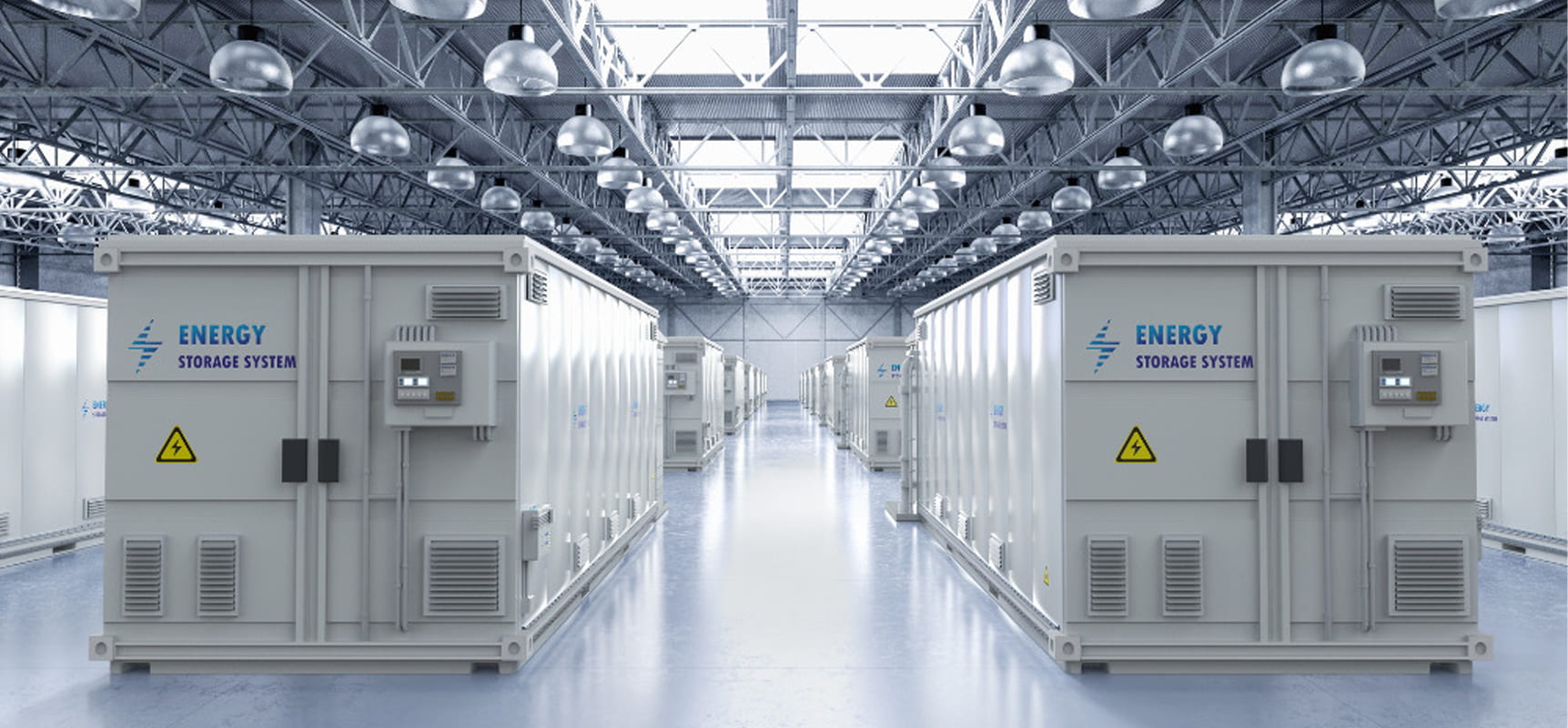Working Principles Of All-In-One Energy Storage System
Apr 29, 2024
What Is an All-In-One Energy Storage System?
All-in-one energy storage systems are innovative solutions that combine multiple components of solar power generation and storage into one cohesive unit. These systems typically include solar panels, a battery pack, an inverter, and sometimes a charge controller, all integrated into a single, manageable system. The primary purpose of these systems is to ensure a consistent and reliable power supply, reducing dependence on the traditional power grid and maximizing the use of renewable energy.
How All-In-One Energy Storage System Works?
At its core, an all-in-one energy storage system consists of three main components: the energy storage unit, the inverter, and the energy management system. The energy storage unit, typically composed of advanced lithium-ion batteries, stores the excess energy generated from renewable sources such as solar panels.
The inverter acts as the bridge between the energy storage unit and the electrical grid. It converts the stored DC (direct current) energy into AC (alternating current) energy, allowing it to power homes or businesses. It also enables the system to feed any excess energy back into the grid, ensuring that no energy goes to waste.
The energy management system is the brain behind the operation of the all-in-one energy storage system. It monitors and controls the flow of energy, optimizing its usage based on real-time demand and supply. It ensures that the energy storage system is charged when energy is abundant and discharged when energy demand is high, providing a continuous and reliable power supply.
Types of all-in-one energy storage systems
All-in-one energy storage systems come in various types and configurations to suit different energy needs and applications.
Designed for homeowners, residential all-in-one energy storage systems are compact and typically have a lower capacity compared to commercial systems. They are ideal for households looking to reduce their reliance on the grid and take advantage of renewable energy sources.
Commercial all-in-one energy storage systems are designed to meet the higher energy demands of businesses and institutions. These systems often have a higher capacity and can provide backup power during emergencies or peak demand periods.
3. Off-grid systems
Off-grid all-in-one energy storage systems are designed for remote locations or areas without access to the grid. These systems rely solely on renewable energy sources and batteries, ensuring a reliable and independent power supply.
4. Grid-tied systems
Grid-tied all-in-one energy storage systems are connected to the electrical grid. They allow users to take advantage of both renewable energy sources and grid power, providing flexibility and reliability.